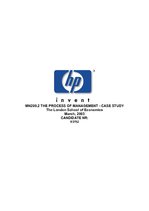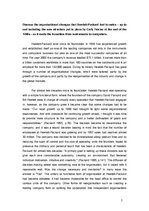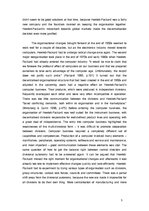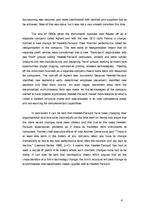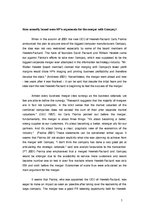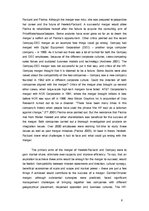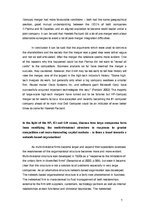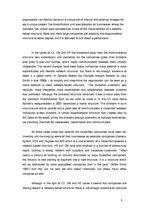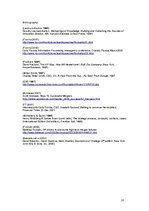-
Hewlett-Packard (HP) Case Study
Prezentācija10 Datori, elektronika, programmēšana, Uzņēmējdarbība, Vadība
Hewlett-Packard ever since its foundation in 1939 has experienced growth
and established itself as one of the leading companies not only in the instruments
and computers business but also as one of the most successful companies of all
time. For year 2003 the company’s revenue totalled $73.1 billion, it serves more than
a billion customers worldwide in more than 160 countries on five continents and is an
employer for more than 142,000 people. During its history Hewlett-Packard has gone
through a number of organisational changes, which were tailored partly by the
growth of the company and partly by the reorganisation of the industry and change in
the global markets.
For almost two decades since its foundation Hewlett-Packard was operating
with a simple functional form, where the founders of the company David Packard and
Bill Hewlett were in charge of virtually every operation that Hewlett-Packard engaged
in, however, as the company grew it became clear that some changes had to be
made. “Our rapid growth up to 1956 had brought to light some organizational
weaknesses. And with prospects for continuing growth ahead, I thought it was time
to provide more structure to the company and a better delineation of goals and
responsibilities.” (Packard 1995, p.76). The decision became to decentralise the
company, and it was a sound decision bearing in mind the fact that the number of
employees at Hewlett-Packard was growing and by 1957 sales had reached almost
30 million. The company was decided to be divisionalised along product lines and by
reducing the span of control and the size of operating units the founders hoped to
preserve the intimacy and personal touch that has been a characteristic of Hewlett-
Packard for almost two decades. “A primary goal in setting up these divisions was to
give each one considerable autonomy, creating an environment that fostered
individual motivation, initiative and creativity.” (Packard 1995, p.141) The diffusion of
decision-making power was something new to the organisation, but it coped with it
reasonably well. Was the change necessary and inevitable? In many ways the
answer is “Yes”. The unitary or functional form of organisation at Hewlett-Packard
had become obsolete; it had become impossible for the head office to control the
various units of the company. Other forms of reorganisation such as creating a
holding company form or splitting the corporation into independent organisations
2
didn’t seem to be good solutions at that time, because Hewlett-Packard was a fairly
new company and the founders insisted on keeping the organisation together.
Hewlett-Packard’s movement towards global markets made the decentralisation
decision even more justified.
…
Organizācijas struktūra Hewlett-Packard uzņēmumā un kādas izmaiņas veica Karlī Fiorina? Cik argumentēta bija apvienošanās ar Compaq?

